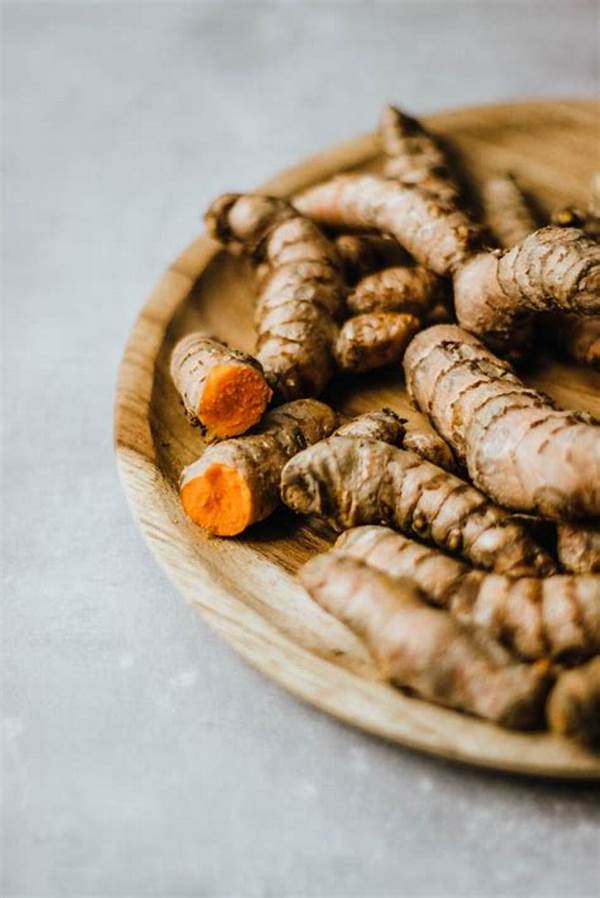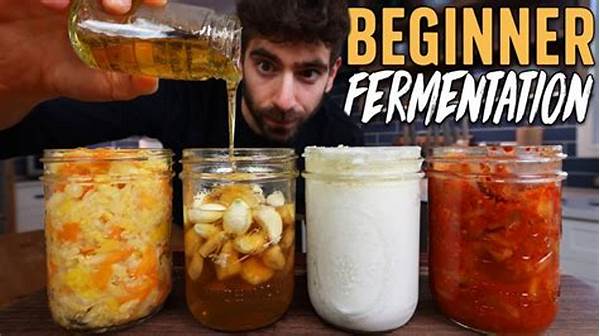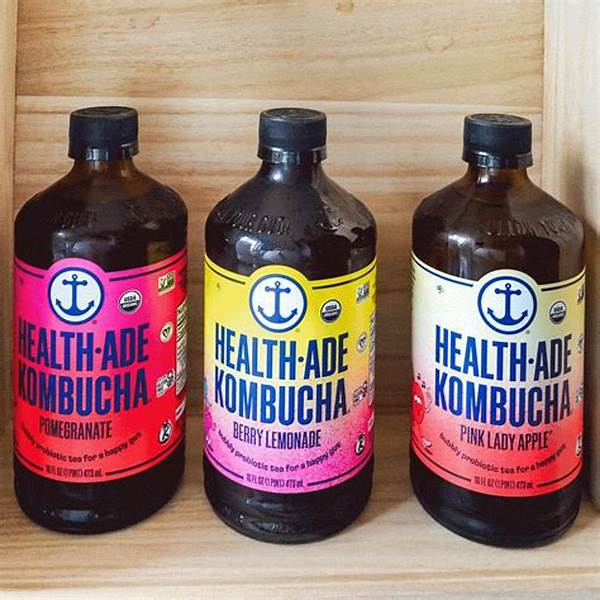Traditional Jamu & Gut Health: Friend or Foe?
In the bustling corners of Indonesian marketplaces, a unique tradition thrives—a tradition that has been passed down through generations, offering promises of wellness and vitality. This is the world of traditional jamu, an ancient herbal concoction revered for its supposed health-boosting properties. Among these potential benefits is the focus on gut health. But as modern science advances, questions arise about the effectiveness and safety of these age-old remedies. So, traditional jamu & gut health: friend or foe?
Read More : Turmeric Touted As The #1 Spice For Gut Health Say Experts
The colorful array of bottles filled with earthy liquids draws curious glances and eager customers. Jamu, with its roots deep in Indonesian culture, offers a natural alternative that many prefer over pharmaceutical options. But is this ancient wisdom still relevant in today’s health-conscious society? As gut health becomes an ever-increasing priority in modern health discussions, understanding the role of jamu is more crucial than ever.
Exploring the Benefits of Traditional Jamu
One of the compelling selling points of jamu is its organic and holistic nature. Unlike synthetic medications packed with chemicals, jamu utilizes herbs and natural substances like turmeric, ginger, and lemongrass. These components are known for their anti-inflammatory and antioxidant properties, which could benefit gut health by reducing inflammation and promoting a balanced microbiome.
Yet, skeptics question the validity of these claims. Are the benefits of traditional jamu backed by science, or are they tales spun to entice the unassuming? As consumers, it is critical to analyze whether these jovial brews truly hold the secret to a healthier gut or if they are merely placebos with no real effect.
The Potential Pitfalls of Jamu for Gut Health
While jamu promises numerous health benefits, it also comes with its share of caveats. Not all brews are created equal; the efficacy can vary significantly based on ingredients, preparation methods, and individual health conditions. Consuming jamu without understanding its ingredients can potentially lead to adverse effects, particularly if unknown allergies or contraindications with other medications exist.
Additionally, due to its traditional nature, jamu lacks standardization. This variance raises concern about its consistent effectiveness and safety. For instance, overconsumption of turmeric, a common ingredient, can sometimes lead to digestive issues rather than alleviate them. Therefore, the question remains: traditional jamu & gut health: friend or foe?
Scientific Scrutiny: Friend or Foe?
From a scientific perspective, studies on jamu are still in their nascent stages. Preliminary results suggest potential gastrointestinal benefits, but more rigorous investigations are required to confirm these findings. Unlike regulated medications, jamu lacks extensive clinical trials that ensure efficacy and safety. This gap in scientific literature challenges the traditional narrative of jamu as a dependable solution for gut health.
Embracing Jamu in Modern Wellness
Incorporating jamu into a wellness routine requires a balanced approach. Consulting with healthcare professionals before making jamu a staple can help manage expectations. For now, viewing jamu as a complement to other health practices rather than a standalone treatment might pave the way to achieving the best of both traditional and modern medicinal approaches.
Conclusion: Traditional Jamu & Gut Health – Where Do We Stand?
The intersection of traditional jamu and gut health is both intriguing and complex. This ancient concoction has stood the test of time, yet its place in contemporary wellness still begs analysis. Ultimately, whether traditional jamu & gut health: friend or foe depends significantly on individual perspectives and the integration of medical advice with cultural practices.
—
Structure of Jamu and Gut Health Debate
Understanding Jamu’s Role in Digestive Health
The popularity of jamu, particularly in Southeast Asia, should not overshadow the need for awareness and education about its impact. While some swear by jamu’s health benefits, especially concerning gut health, it is crucial to discern personal anecdote from widespread effectiveness.
A scientific mindset when engaging with traditional remedies ensures that consumers remain informed. The debate surrounding traditional jamu & gut health: friend or foe urges the integration of experimental evidence while respecting traditional knowledge.
Evidence vs. Anecdotes: The Age-old Dilemma
Though personal testimonies laud the effectiveness of jamu, scientific evidence stands paramount. The anecdotal success stories often stem from cultural heritage, which, while valuable, do not replace scientific scrutiny.
Thus, navigating between traditional respect and scientific evaluation remains a dance of balance. Both perspectives can coexist and foster a broader understanding of health practices.
Traditional Practices vs. Modern Medicine
Modern medicine and traditional practices often exist as dichotomies in the healthcare dialogue. Traditional jamu & gut health: friend or foe continues to spark debate about the relevance and reliability of jamu in transcending its cultural origins for widespread acceptance.
Recognizing jamu as a supplement rather than a cure can bridge the gap between traditional and contemporary medicine. Understanding that effective health management can root in diversity is crucial.
The Global Perspectives on Jamu
As jamu gains international interest, the scope extends beyond Indonesia. Various adaptations and interpretations emerge, positioning jamu within the global wellness community. This acceptance facilitates dialogues about traditional jamu & gut health: friend or foe on a more cosmopolitan scale.
Collaborations between practitioners of traditional medicine and clinicians could foster better wellness practices. This effort can lead to well-rounded strategies in promoting health and managing gut issues.
Advocating for Responsible Consumption
Responsible consumption forms the cornerstone of ethical health practices. While jamu remains an integral aspect of culture, educating consumers on its limitations and potential risks ensures safety. This approach advocates for harmony in integrating traditional practices within modern protocols.
Conclusion: Bridging Tradition and Science
The traditional jamu & gut health: friend or foe debate illustrates the importance of preserving cultural heritage while elevating it with scientific insights. The fusion of these realms promotes a comprehensive perspective on health and wellness that respects traditions while embracing innovation.
—
Key Details Related to Jamu and Gut Health
Bridging Heritage and Science
Jamu stands as a testament to the enduring influence of traditional practices in a world now guided by scientific discovery. Its narrative from local culture to global influence illustrates humanity’s search for harmony between wellness roots and modern innovation.
Fostering Collaboration
Encouraging collaborations between traditional practitioners and medical experts ensures comprehensive wellness strategies. These collaborations educate and empower both consumers and cultures, highlighting the mutual respect and learning necessary for sustainable health practices.
Engaging with Jamu in Modern Times
Awareness and responsible consumption are keys to engaging with jamu effectively. This approach respects both cultural heritage and modern evidence-based medicine, enriching our understanding of health and how various paths, old and new, can lead toward its achievement.














